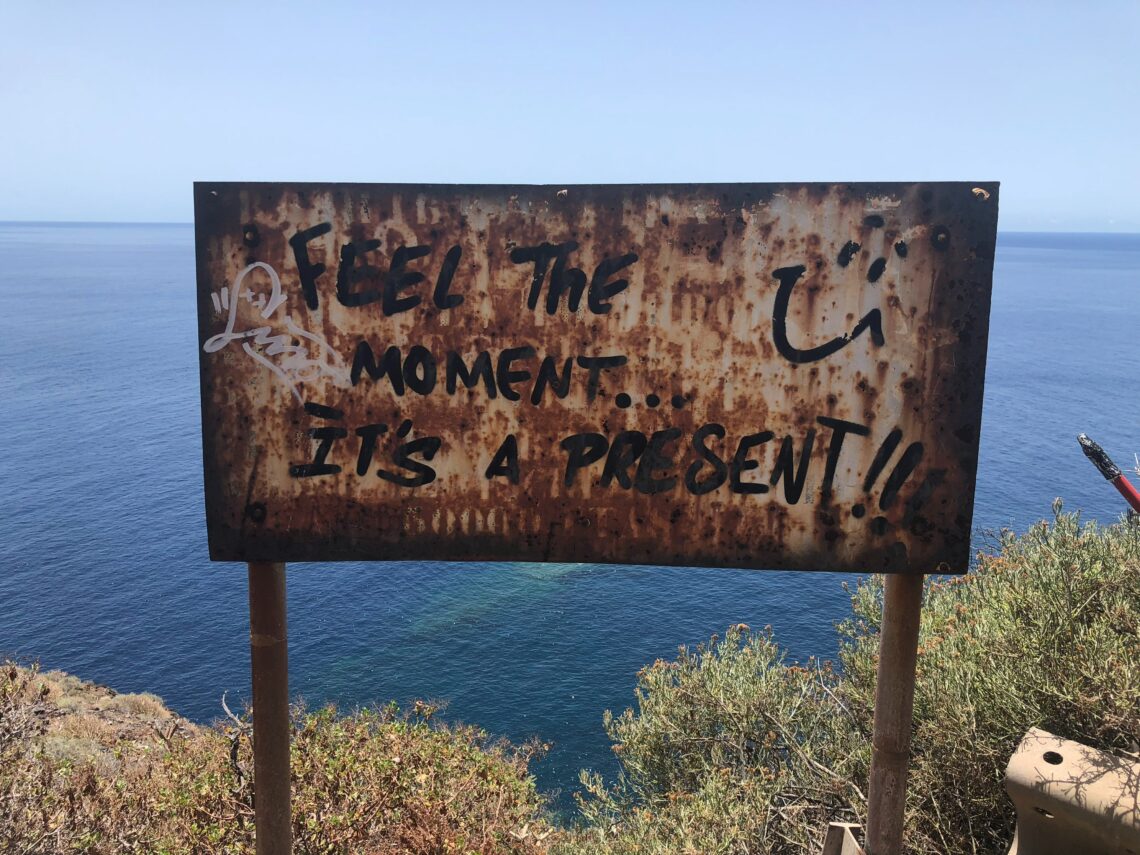It’s Monday morning, your eyes snap open. You’ve only been awake for a few moments and you are already mapping out your day. Planning every detail of what is happening, is going to happen, has already happened. Perhaps you are thinking about that comment you made yesterday to a friend that you could have said better. Or, nervous about that deadline you may not meet or that test you may not pass. This is an all too common pattern for many of us-preoccupied with the past and worried about the future.

These inner tensions and worries may seem innocent enough, but they pile up and prevent us from truly living in the moment. How can we be present and engaged if we are ruminating on everything but the present?
This is where mindfulness comes in
Mindfulness has been used for centuries to combat depression, stress and anxiety. It is rooted in Buddhist traditions (sati) and Tibetan meditation techniques (Vipassanā).
The Buddhist term Sati has many broad meanings and applications but when translated mean:
- Attention
- Awareness
- Retention
- and Mindfulness
There are many different approaches and practices for mindfulness but they all share one commonality, and that is the goal of bringing your attention to whatever is happening in the present moment.
Some have viewed mindfulness as a mental state, while others have viewed it as a set of skills and techniques
Each week I will research and incorporate a different mindfulness skill or technique to my repertoire and share my progress on here. Wish me luck!
Sources:
Brown KW, Ryan RM, Creswell JD (2007). “Mindfulness: Theoretical Foundations and Evidence for its Salutary Effects”. Psychological Inquiry. 18 (4): 211–37. doi:10.1080/10478400701598298. S2CID 2755919.





